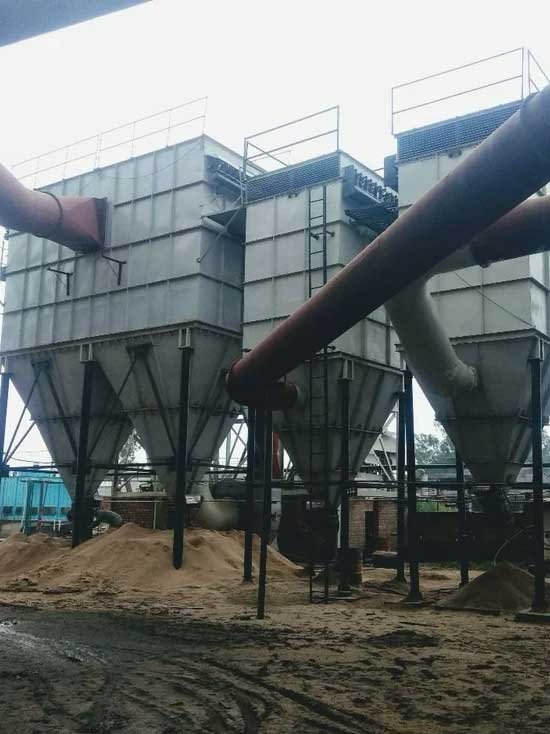Working Hours :
Monday - Friday, 10am - 05pm
support@aircareenterprises.com
+91-7838987986
Working Hours :
Monday - Friday, 10am - 05pm
support@aircareenterprises.com
+91-7838987986

Industrial dust collectors are crucial in maintaining a safe and clean work environment in various industrial settings. These systems are designed to manage, reduce, and eliminate the production of harmful dust and other particulates from the air, enhancing air quality and protecting both machinery and human health.
Industrial dust collectors work by drawing in contaminated air through a filtering system where dust and particulate matter are captured. The clean air is then either recirculated back into the facility or expelled outside. This process is essential for maintaining air quality and adhering to health and safety regulations.
Selecting the appropriate dust collector depends on several factors including the type of dust, volume of air needing filtration, and specific industry requirements. Consulting with professionals and conducting thorough needs assessments are crucial steps in choosing the right system.
Regular maintenance is essential for the efficient operation of dust collectors. This includes routine checks of the filtration system, replacing or cleaning filters, and ensuring that all parts are functioning correctly to prevent breakdowns and maintain optimal performance.
Industrial dust collectors are used in a variety of sectors such as woodworking, pharmaceuticals, metalworking, and construction. Each industry has unique requirements that dictate the specific type of dust collector needed to safely and effectively remove particulates from the environment.
Rohhit Enterprises is a recognized provider of industrial dust collection solutions. They offer a range of products tailored to meet the specific needs of various industries. Their commitment to quality and customer service ensures that clients receive the most efficient and effective dust collection systems available.
****

